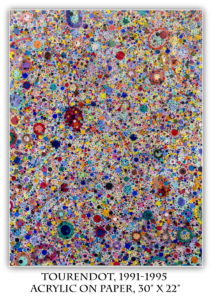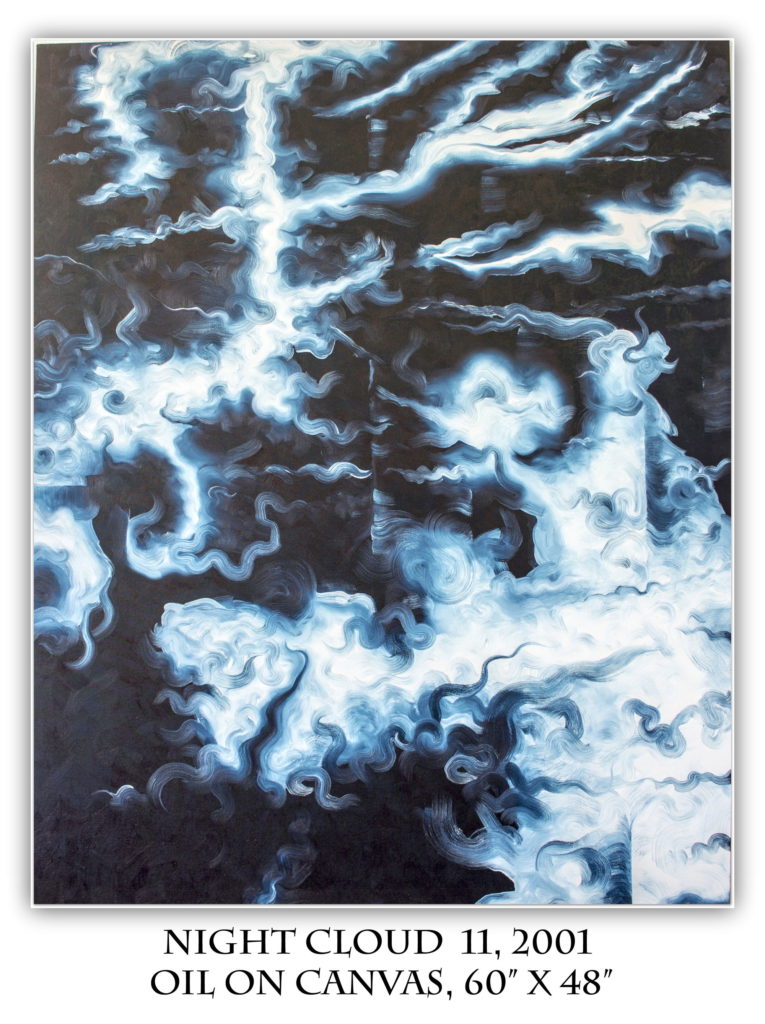Contemporary Artist
Tranceformationism

The seemingly miraculous process of creation, of somehow making something out of nothing, I find endlessly fascinating, a need at the core of my being. An underlying premise of my work is that valuable knowing and understanding of the nature of reality/the reality of nature can be gained by going inward and manifesting outwardly through art. For me this creative process usually begins with simply looking at a surface, be it paper, canvas, wood, metal, etc. and then responding to it. As the website entry page suggests, when I stare at the “blank” surface, gradually shapes, dots, lines, colors, patterns, spaces, etc. begin to appear to me, like subtle hallucinations, and I draw or paint them in. Many of the the larger structures are not only seen but are also felt viscerally. It is often something in the surface texture of the material I’m working on that suggests what I see, so the visions and hallucinations are inextricably bound up with the physical substance I’m employing. In this process I soon enter a mild state of trance in which I am being led ever deeper into the unknown.

By remaining open to whatever may appear, I end up discovering things/places (and sometimes persons) that I had never seen before. This often involves a great deal of change as the work develops, and by the time it is completed it has usually been completely transformed (“tranceformed”). I consider the work ‘complete’ when it has become fully alive in an autonomous way, and there is no more to be ‘seen’ in it (or new things no longer appear). At that point, it in a sense ‘disappears’. Some works achieve only a provisional completeness, and could be worked on (theoretically) for the rest of my life. On July 30, 2009 I had a new realization in this regard: Perhaps some, if not most of my paintings that take a long time to produce (two or more years) are never finally completed. Instead, much like living beings, they reach a point of ‘maturity’ in their development. Once they reach that point, I can choose to work on them longer to allow for greater ‘maturation’, or I can stop, leaving them as veritable “young adults”.
